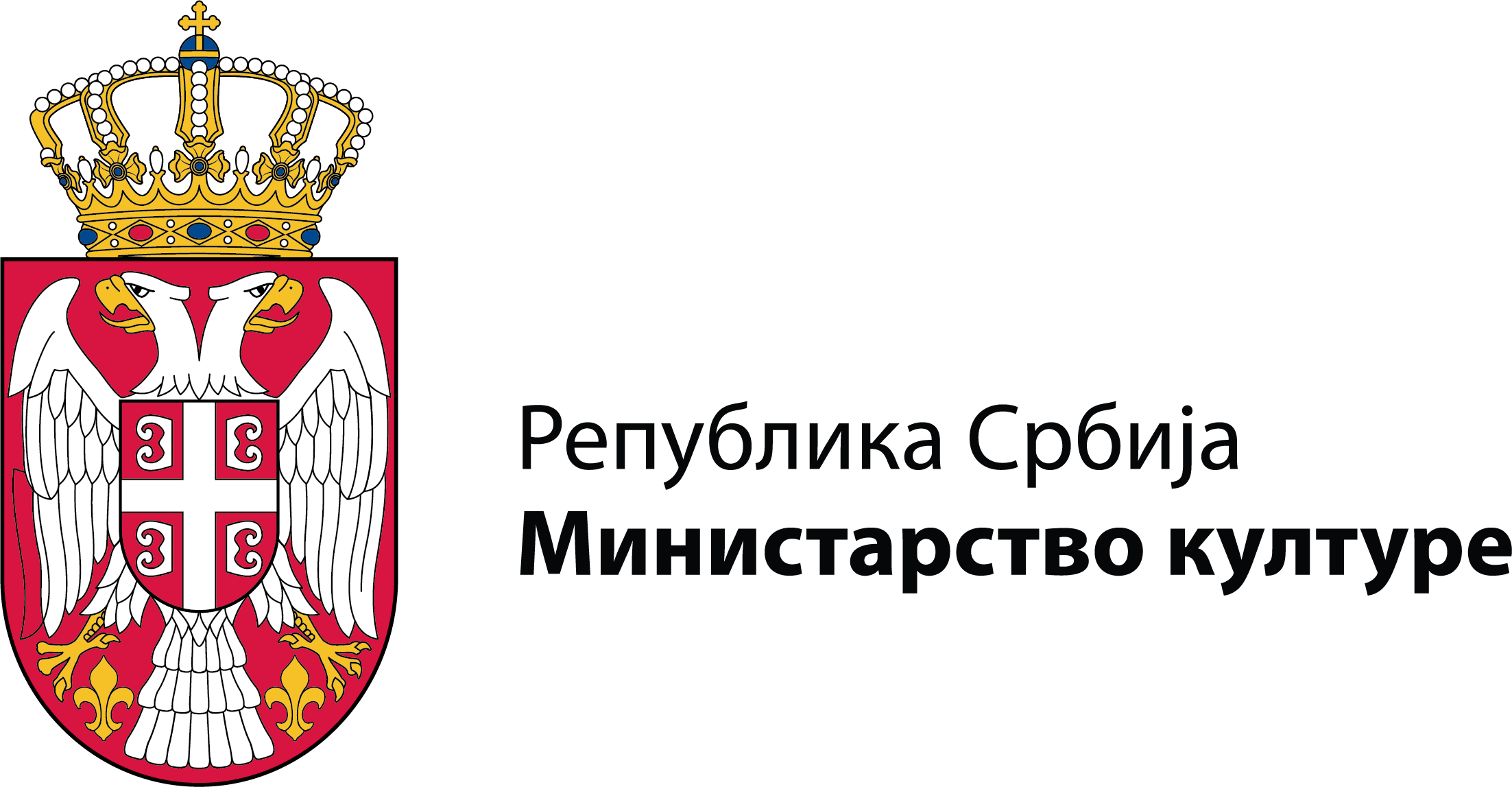Workshops for adults
Contact
Milena Đurica, curator and program organizer at Manak's House
milena.djurica@etnografskimuzej.rs
+381 11 4093 464, +381 63 648 892
In order to preserve, revive and promote traditional crafts as part of the cultural heritage of the Republic of Serbia, a program of workshops and courses has been established at Manak's House, which has been running continuously since the early 1990s.
The programs have evolved into true schools through collaboration with curators and renowned artisans – artists in their craft. One such is the filigree craft, which is listed in the Register of Intangible Cultural Heritage.
The programs are tailored to the interests of a wide range of audiences and visitors, with documentary support from experts at the Ethnographic Museum and external collaborators. The duration of workshops and schools is adjusted according to the complexity of the content and the craft, the interests of devoted enthusiasts and admirers, and there is often professional demand for practical training.
Following the closure during the global pandemic which lasted almost two years, interest in the schools and workshops at Manak’s House has increased, not only among local citizens but also among travel agencies, foreign embassies, and in the region as well.
The schools are divided into spring, summer, and autumn cycles. The engagement of top master artisans is an important segment that contributes to the quality and reputation of this type of program, along with collaboration with the Center for Intangible Cultural Heritage of the Republic of Serbia at the Ethnographic Museum. Workshops are part of the regular program plan of activities at Manak’s House. The main goal of the schools and workshops of traditional and artistic crafts is to popularize cultural heritage and the ethnographic memorial collection of Hristifor Crnilović.
The programs are aligned with contemporary social trends and are created by expert teams of curators and established artists and artisans. They are intended for a wide audience: of various gender and age groups, professional orientation, and educational background. All schools include introductory free lectures by curators of the Ethnographic Museum and guest lecturers, accompanied by video projections. On that occasion, the school program is presented to those interested, along with a short demonstration in which they can also take part.
At the end of the annual program of workshops and schools, participants who have successfully completed the training take part in a group exhibition where they have the opportunity to present their works to the public. At that time, the program organizer, in the presence of the craft instructors and professional guests, awards certificates for the newly acquired skills and completed training.
The programs are tailored to the interests of a wide range of audiences and visitors, with documentary support from experts at the Ethnographic Museum and external collaborators. The duration of workshops and schools is adjusted according to the complexity of the content and the craft, the interests of devoted enthusiasts and admirers, and there is often professional demand for practical training.
Following the closure during the global pandemic which lasted almost two years, interest in the schools and workshops at Manak’s House has increased, not only among local citizens but also among travel agencies, foreign embassies, and in the region as well.
The schools are divided into spring, summer, and autumn cycles. The engagement of top master artisans is an important segment that contributes to the quality and reputation of this type of program, along with collaboration with the Center for Intangible Cultural Heritage of the Republic of Serbia at the Ethnographic Museum. Workshops are part of the regular program plan of activities at Manak’s House. The main goal of the schools and workshops of traditional and artistic crafts is to popularize cultural heritage and the ethnographic memorial collection of Hristifor Crnilović.
The programs are aligned with contemporary social trends and are created by expert teams of curators and established artists and artisans. They are intended for a wide audience: of various gender and age groups, professional orientation, and educational background. All schools include introductory free lectures by curators of the Ethnographic Museum and guest lecturers, accompanied by video projections. On that occasion, the school program is presented to those interested, along with a short demonstration in which they can also take part.
At the end of the annual program of workshops and schools, participants who have successfully completed the training take part in a group exhibition where they have the opportunity to present their works to the public. At that time, the program organizer, in the presence of the craft instructors and professional guests, awards certificates for the newly acquired skills and completed training.
The Art of Botanical Printing – School of Natural Textile Dyeing
The school is led by Biljana Karovska, BFA in Graphic Arts at Manak's House

